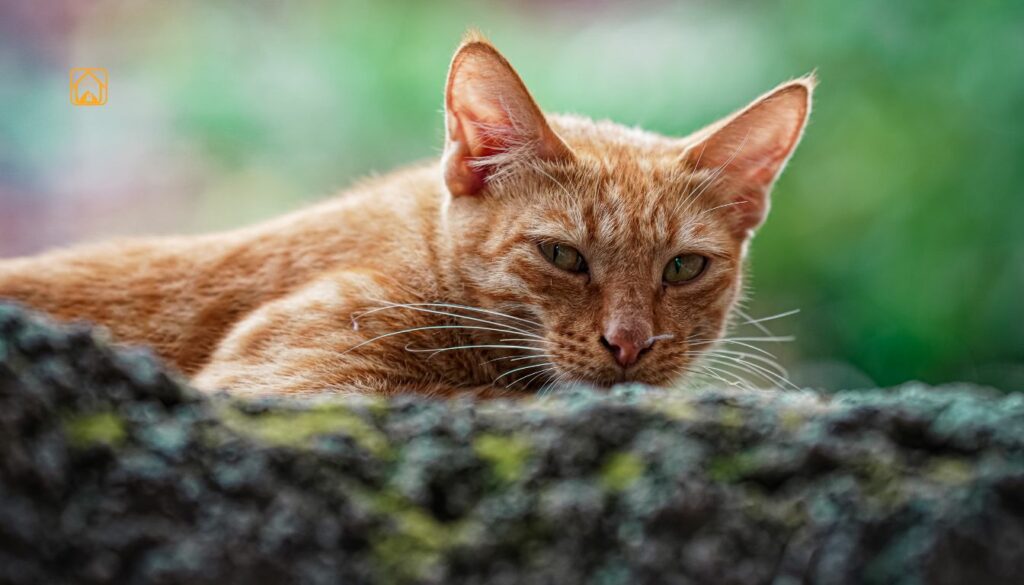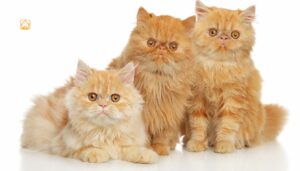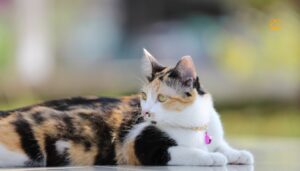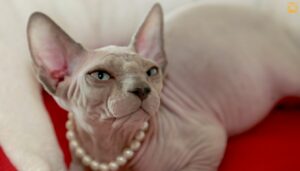Overview: Types of Cats Found in India
India’s feline world is delightfully diverse. You’ll spot both local legends and international stars in Indian homes.
Local Breeds
- Indian Billi (Desi Cat): Hardy, independent, and perfectly adapted to Indian life.
- Rusty-Spotted Cat: One of the world’s smallest wild cats, native to India (not typically kept as a pet).
International Breeds Popular in India
- Siamese Cat
- Bengal Cat
- Persian Cat
- Bombay Cat
- Abyssinian Cat
- Maine Coon
- Himalayan Cat
- British Shorthair
- Ragdoll Cat
- Oriental Shorthair
Honestly, it feels like every street and every apartment complex in India has its feline ambassador, sometimes a street-smart Desi Cat, sometimes a pampered Persian. Both bring their own kind of magic.
The Top 10 Most Popular Indian Cat Breeds (with Key Traits)
Indian Billi (Desi Cat)
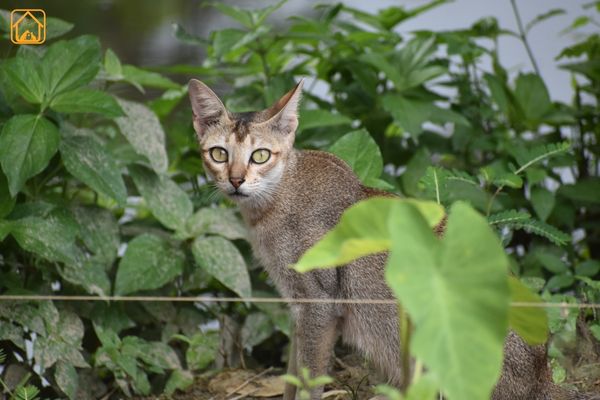
Native to India, the Indian Billi is a smart, independent street survivor that easily adapts to any home. They have a short coat and don’t need much grooming, making them low-maintenance companions. Desi cats are affectionate yet self-reliant, perfect for all climates and first-time cat parents.
Bengal Cat
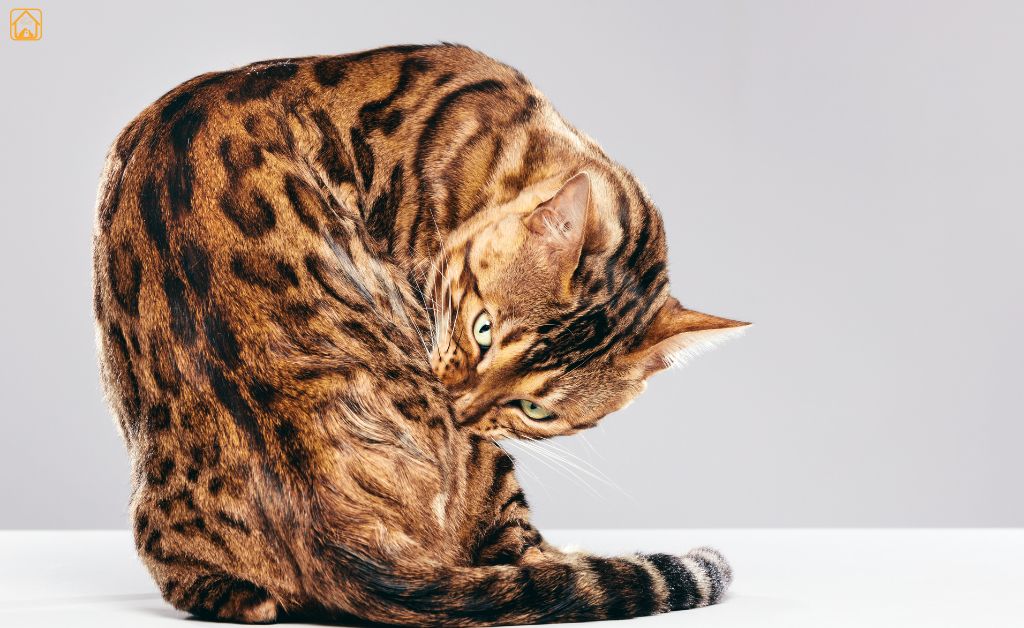
Bengals are wild-looking house cats with stunning spotted coats and loads of energy. They love to climb, chase, and play—ideal for homes with space and stimulation. Highly interactive and athletic, they’re best for active families who can match their vibe.
Persian Cat
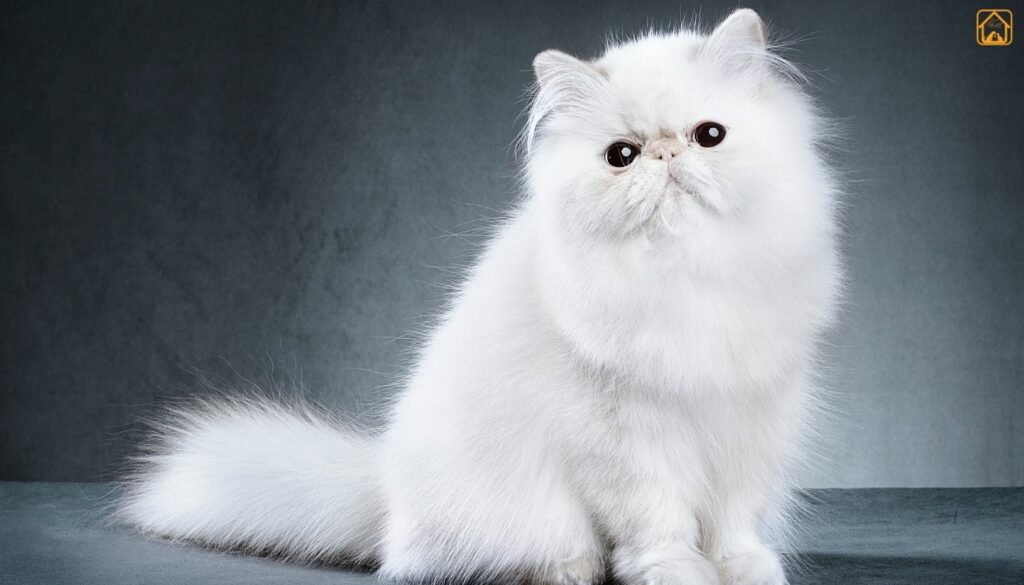
Persians are known for their luxurious long coats and calm, gentle personalities. They prefer quiet indoor environments and daily grooming to stay comfortable. These lap cats thrive with relaxed owners who enjoy cuddles and calm routines.
Siamese Cat
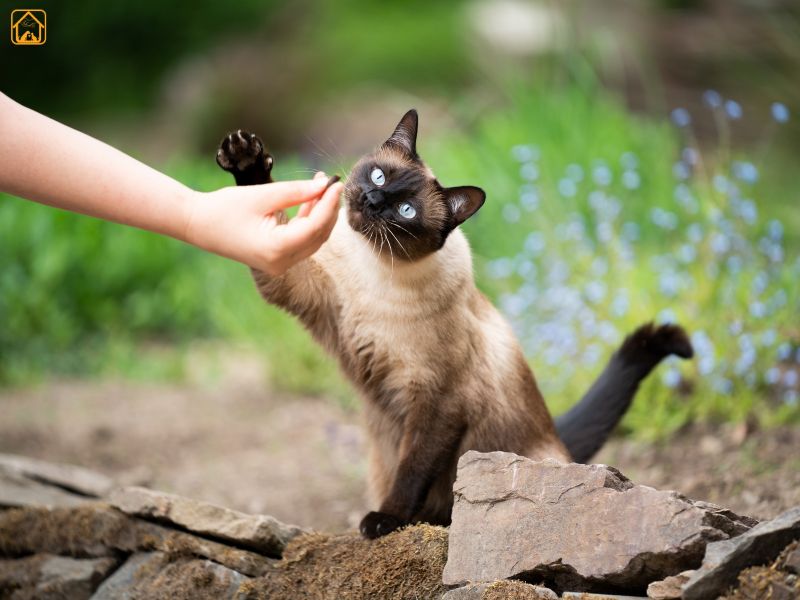
Siamese cats are sleek, talkative, and full of personality, they’ll always tell you how they feel! With striking blue eyes and a short coat, they’re low-maintenance but crave attention. They do best with people who are home often and love social interaction.
Bombay Cat
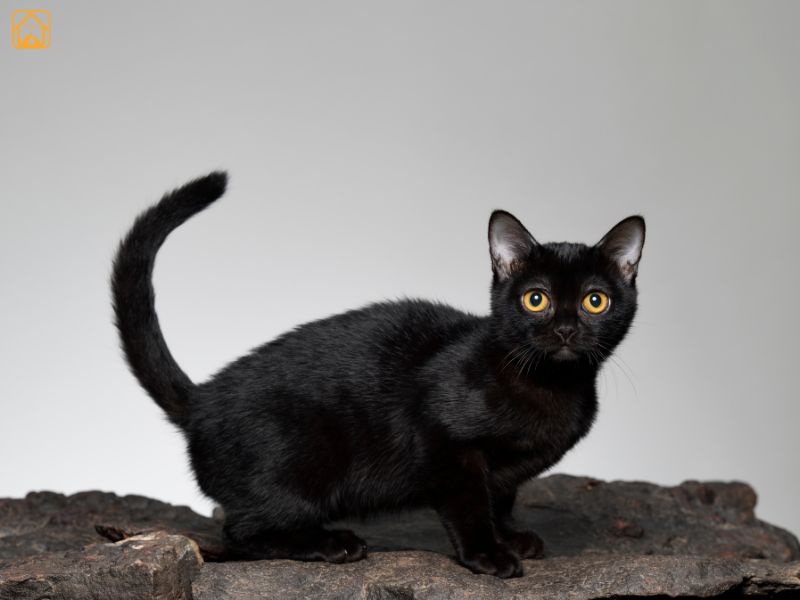
The Bombay looks like a mini black panther with its shiny coat and piercing eyes. They’re smart, affectionate, and love being the center of attention in any home. Low-shedding and friendly, they’re great for all households, even apartments.
Abyssinian Cat
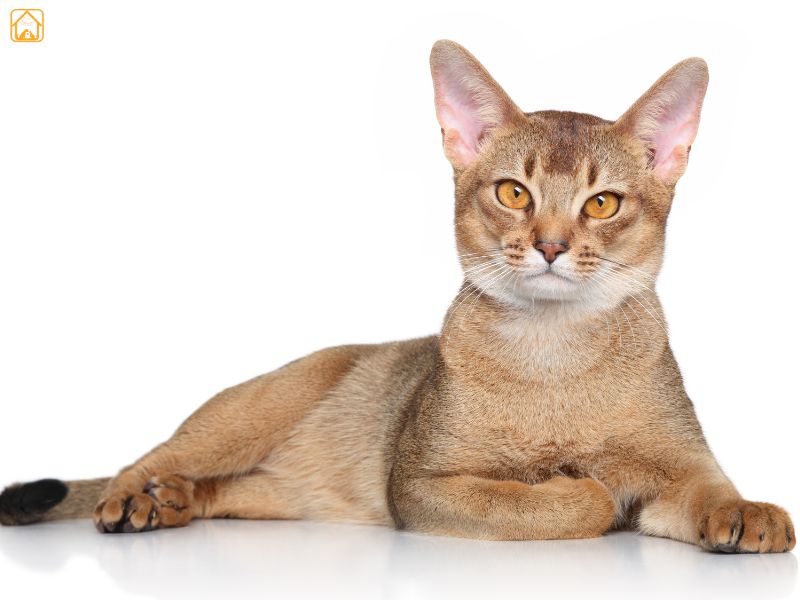
Abyssinians are curious, playful, and always on the move, they’re natural explorers. Their short, ticked coat gives them a warm, wild look with minimal grooming needs. Perfect for active homes, they bond closely and love climbing and high spaces.
Himalayan Cat
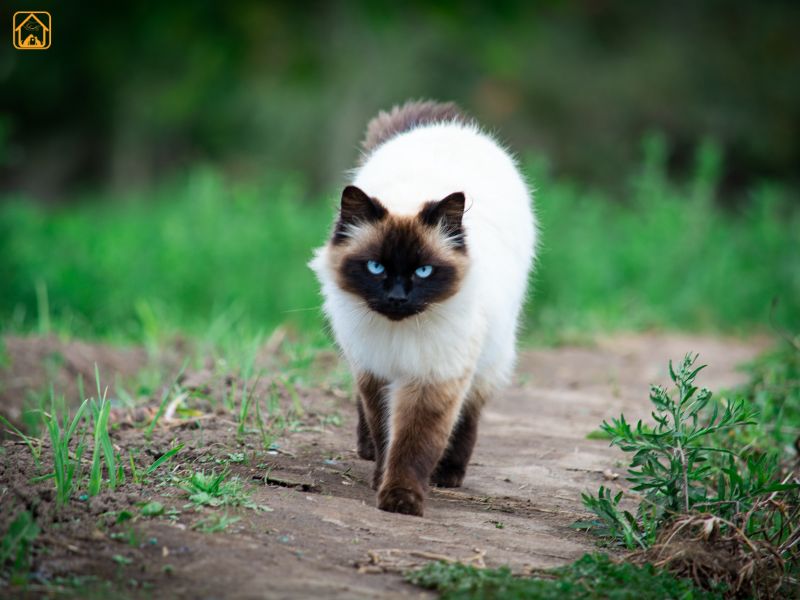
The Himalayan is a calm, affectionate cat with long fur and striking blue eyes. They’re best kept indoors in cool, quiet spaces due to their thick coats. Daily grooming and gentle companionship help them feel right at home.
Ragdoll Cat
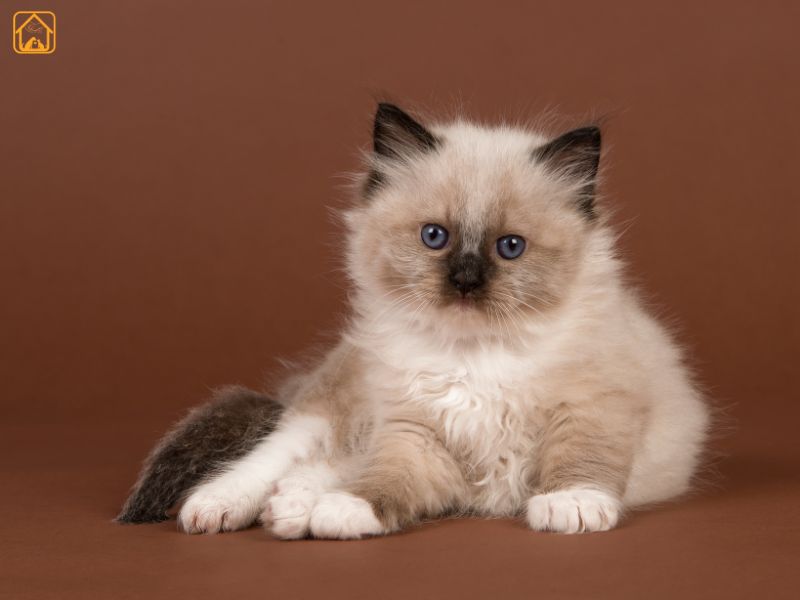
Ragdolls are large, floppy cats who melt in your arms true cuddle lovers. With semi-long fur and striking blue eyes, they’re as gentle as they look. Ideal for families and kids, they enjoy calm play and lots of affection.
Oriental Shorthair
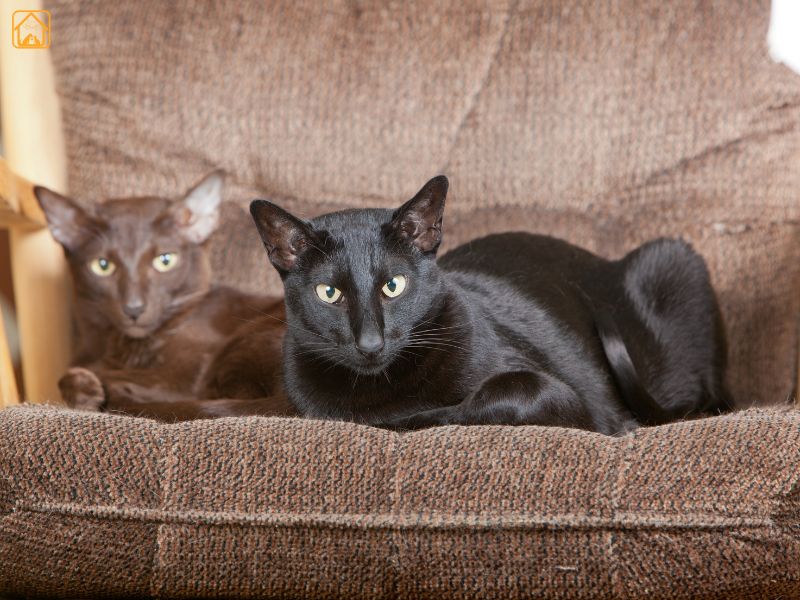
Orientals come in every color and love to talk, they’re curious, sleek, and expressive. They need stimulation and human interaction to stay happy and avoid boredom. Perfect for owners who enjoy a smart, chatty cat that’s full of life.
British Shorthair
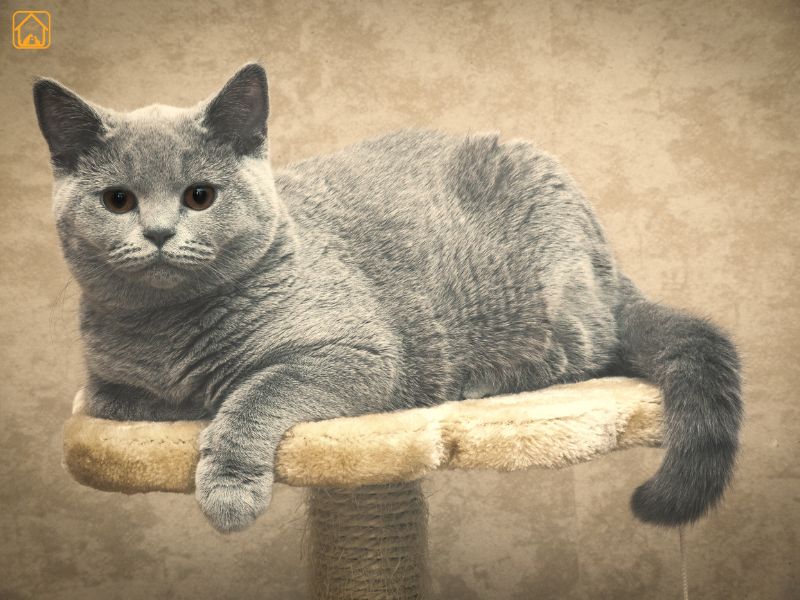
The British Shorthair is sturdy, plush, and wonderfully laid-back, a true teddy bear cat. They prefer calm, indoor life and are happy to lounge beside you without demanding much. Their dense coat suits cooler homes, and their easygoing nature fits well with busy lives.
| Breed | Coat | Personality | Best For |
| Indian Billi (Desi Cat) | Short | Independent, affectionate | All climates, low maintenance |
| Bengal Cat | Short, patterned | Playful, energetic | Active families, play areas |
| Persian Cat | Long, thick | Calm, gentle | Indoor, regular grooming |
| Siamese Cat | Short, sleek | Vocal, social | Companionship seekers |
| Bombay Cat | Short, black | Smart, friendly | All home types |
| Abyssinian Cat | Short, ticked | Curious, playful | Active homes |
| Himalayan Cat | Long, plush | Gentle, calm | Indoor, cool spaces |
| Ragdoll Cat | Semi-long | Docile, affectionate | Families, gentle play |
| Oriental Shorthair | Short, many colors | Vocal, intelligent | Active, engaged owners |
| British Shorthair | Short, dense | Easygoing, cuddly | Cooler homes, indoor |
Each breed brings a unique charm. Some are couch potatoes, others are furry whirlwinds. But all love a safe, caring home.
Other Popular Cat Breeds in India
- Abyssinian Cat: Known for ticked coats and endless curiosity. Active, playful, and good with kids.
- Himalayan Cat: A Persian-Siamese mix. Long-haired, gentle, best for calm, indoor settings.
- Ragdoll Cat: Big, blue-eyed, and famously relaxed, sometimes they go limp in your arms! Great for families.
- Oriental Shorthair: Sleek, expressive, and talkative. They come in many colors and love attention.
- British Shorthair: Plush, round-faced, and cuddly. Adaptable but can feel hot in peak summers.
- Scottish Fold: Unique folded ears, sweet temperament. Needs gentle handling due to joint issues.
- Sphynx Cat: Hairless and quirky, needs sun protection and regular baths.
- Turkish Van & Angora: Playful, beautiful, and love water (Van especially!).
Most of these breeds are now found in Indian homes, each bringing their own spin on feline companionship.
How to Choose the Right Cat Breed for Indian Households
Picking a cat breed for your family is a bit like matchmaking. You want a pet who’s not just adorable, but happy and healthy in your space. Indian households often face high temperatures, humidity, and limited room for roaming. So, what works for a snowy Maine Coon in Canada might not suit a Mumbai apartment!
What Should You Consider?
- Climate Adaptability: Short-haired breeds like Indian Billi, Bombay Cat, and Siamese Cat handle heat and humidity better.
- Space & Activity: Energetic cats (like Bengal Cats) need playtime and room to climb. Calm breeds (Persian Cat, Ragdoll Cat) are happy in smaller spaces.
- Grooming Commitment: Long-haired breeds (Persian, Himalayan Cat) need daily brushing. If you’re busy, look for low-maintenance coats.
- Temperament: Do you want a talkative companion (Siamese Cat) or a gentle lap-cat (Birman Cat)?
- Allergies: No cat is truly hypoallergenic, but some breeds like the Bengal Cat and Russian Blue produce fewer allergens. If allergies are a concern, spend time with the breed first to see how you react.
| Factor | Best Breeds | Considerations |
| Hot & Humid Weather | Indian Billi, Bombay Cat, Siamese Cat | Short coat, better heat tolerance |
| Low Grooming | Bengal Cat, American Shorthair | Minimal brushing needed |
| Small Apartment | Bombay Cat, Russian Blue | Adapt well to limited space |
| Family with Kids | Maine Coon, Ragdoll Cat | Gentle, patient nature |
Climate Adaptability: Which Cat Breeds Suit Indian Weather Best?
India’s weather can be harsh, scorching summers, sticky humidity, or chilly winters. Not all cats are built for these swings.
Best Suited Breeds
- Indian Billi/Desi Cat: Evolution’s own answer to Indian weather! Tough, heat-resistant, and low-maintenance.
- Bombay Cat & Siamese Cat: Short coats, less risk of overheating, happy in apartments.
- Bengal Cat & Abyssinian Cat: Short-haired and active, just provide shade and water.
Breeds Needing Extra Care
- Persian, Himalayan, Maine Coon: Long fur needs daily grooming and a cool room.
- British Shorthair: Dense coat, so keep them cool and hydrated.
- Sphynx Cat: Needs sun protection, ironically, the hairless cat can get sunburnt!
If your home gets very hot, opt for short-haired breeds or provide AC/cooling spots for fluffier cats.
Health & Grooming Needs by Cat Breed
Some popular Indian cat breeds are as easy as a quick brush and a check-up, while others need a full beauty routine and regular vet visits. Here’s a quick look at what to expect:
- Indian Billi/Desi Cat: Low-maintenance. Weekly brushing is enough. Hardy and less prone to genetic diseases.
- Bengal Cat: Short, soft fur that rarely mats. Brush once a week. Bengals are generally healthy but can be prone to heart and eye issues, yearly vet checks recommended.
- Siamese Cat: Minimal shedding, easy to groom. Keep an eye out for dental issues and kidney health. Clean ears and trim nails monthly.
- Bombay Cat: Glossy coat, little shedding. Brush weekly for shine. Watch for sinus and gum issues; regular dental care helps.
- Persian & Himalayan Cats: Daily brushing is a must, long fur tangles fast. Wipe eyes daily (they’re prone to tear staining). Regular baths and professional grooming can help during summer. Respiratory and kidney issues are common, regular vet visits are essential.
- Maine Coon: Long, shaggy coat needs brushing every few days. Prone to heart disease and joint issues; keep them at a healthy weight and schedule check-ups.
- Devon Rex & Oriental Shorthair: Very little grooming required. Devon Rex needs gentle brushing to protect delicate fur. Both breeds are generally healthy but watch for skin sensitivities.
- Russian Blue: Short, plush coat, brush weekly. Low shedding, but sensitive to stress and sudden changes. Regular play keeps them fit and happy.
| Breed | Grooming Needs | Common Health Issues |
| Indian Billi | Low | Rare, robust health |
| Persian | High | Respiratory, kidney, eye |
| Bengal | Low | Heart, eye issues |
| Siamese | Low | Dental, kidney |
| Devon Rex | Very Low | Skin sensitivities |
Adoption Tips: Where to Find & How to Adopt a Cat in India
- Try local shelters and NGOs, many Desi Cats and mixed breeds are waiting for homes.
- Reputable breeders can help with purebreds, but always check for ethical practices and health records.
- Ask for advice from vets or pet communities if you’re unsure.
Rescuing a cat is incredibly rewarding. Sometimes, the perfect companion is the one you didn’t plan on!
FAQs About Popular Indian Cat Breeds
1. Are Indian Billi (Desi Cats) good house pets?
Absolutely! Indian Billi are adaptable, affectionate, and low-maintenance. With time and gentle care, they become loyal companions, often healthier and hardier than many foreign breeds.
2. Which cat breeds are best for hot, humid Indian climates?
Short-haired breeds like Indian Billi, Bombay Cat, Siamese Cat, and Bengal Cat handle Indian weather well. These cats require less grooming and are less likely to overheat.
3. Is the Bengal Cat legal and safe as a pet in India?
Yes, Bengal Cats are legal and popular as pets in India. They’re friendly, energetic, and require lots of mental stimulation. Always get them from reputable breeders to ensure healthy, well-socialized kittens.
4. How much grooming do Persian and Himalayan Cats need?
They need daily brushing to prevent tangling and matting. Regular eye cleaning is also needed for Persians. These breeds may also need air-conditioned spaces in summer to stay comfortable.
5. What should I know about feeding my Indian cat?
Feed a balanced diet rich in high-quality protein. Adjust portions for activity level and age. Hydration is key, especially in summer. Avoid spicy or oily human food; some cats have sensitive stomachs.
6. Is it better to adopt or buy a cat in India?
Adopting from a shelter gives a homeless cat a loving home and supports animal welfare. If you seek a specific breed, ensure breeders are ethical and transparent about health screening.
7. Are some cat breeds hypoallergenic?
While no cat is truly hypoallergenic, breeds like the Bengal Cat and Russian Blue produce fewer allergens. Regular grooming and cleaning can help reduce allergic reactions.
8. Can I keep long-haired breeds like Maine Coon or Norwegian Forest Cat in India?
You can, but be prepared for extra grooming and cooling needs. These breeds may struggle in very hot or humid climates, so provide plenty of shade, water, and a cool indoor environment.
9. Do cats get along with children and other pets?
Most cats, especially Ragdoll Cat, Birman Cat, and Indian Billi, are friendly with kids and other pets when socialized early. Always supervise first interactions and teach children to handle cats gently.
10. How can I make my cat comfortable during Indian summers?
Provide cool spots, shade, and fresh water. Use fans or air conditioning if possible. Groom long-haired cats regularly and avoid letting them out during the hottest parts of the day.
